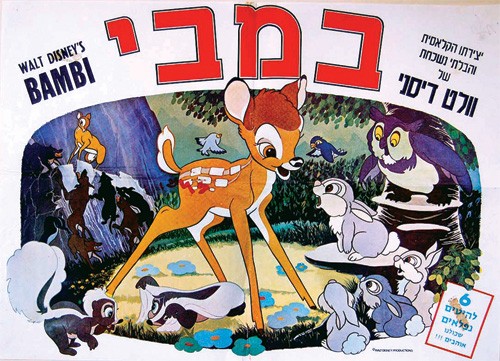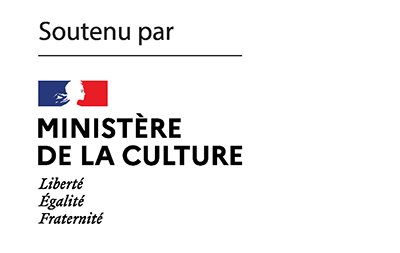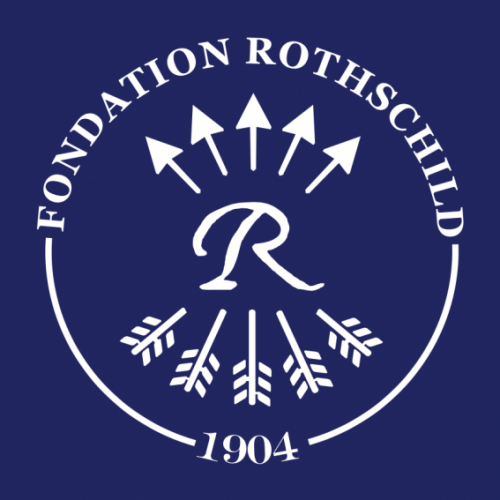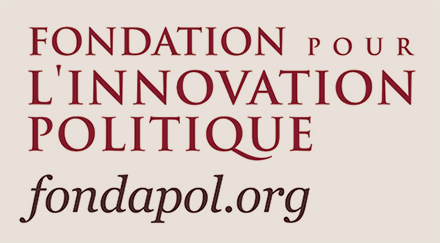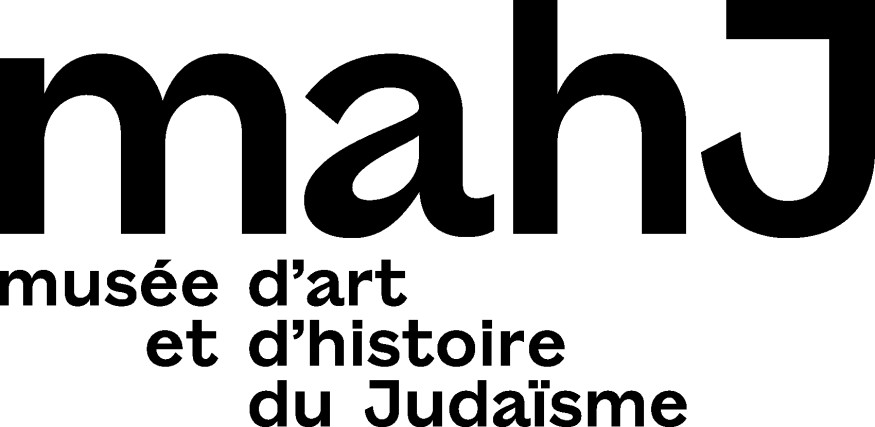This week we are republishing the text where Sylvaine Bulle introduced what she calls “anarcho-Judaism” a few months ago. Within this theoretical current – developed at the turn of the 19th and 20th centuries by intellectuals, and sometimes rabbis, educated for the most part in the yeshivot of Eastern Europe – an ecological thought emerged that prefigured forms of community and mutualist organizations, where the relationship between the land and social issues is strongly affirmed.
Bambi is not only the name of the famous cartoon made by Walt Disney in 1942. It is first and foremost a book – Bambi, the story of a life in the woods (1923) – which, at the time of its adaptation, was banned by the Nazis, like all the work of its author Felix Salten (whose real name was Siegmund Salzmann). Far from Disney’s watered down version, the original Bambi is not a simple bucolic tale for children. It is a numerical allegory of the Jewish condition in Europe at the beginning of the century: a tale of the tragic history of the persecution and loneliness of a minority group. But it is also a political story, since it can be read as an anti-assimilationist pamphlet. The American historian and journalist Mitchell Abidor proposed this reading in K. which we are republishing.
Regularly, Anshel Pfeffer – thanks to the journal Sapir, which allows us to translate his “postcards” – gives us news of those corners of the world where the Jewish presence often seems anachronistic: rarely totally fixed, sometimes in the process of reinventing itself[1]. The Israeli journalist looks at the diaspora and wonders about this other to whom he feels close, as well as about himself (Anshel Pfeffer is Israeli but of British origin…). This week, he sent us some images from Morocco. The Jewish community there now ranges only between 1,500 and 2,000 members who are quietly aging without renewing themselves, bathed in a mixture of kitsch, nostalgia and ghostly presence. The government is trying to preserve and open synagogue-museums (there are already about 200 of them), but they are synagogues where nobody prays. Fortunately, there are tourists…
Notes
| 1 | Pfeffer took us on a tour of the small town of Canvey Island, an hour from London, and its ultra-Orthodox community (see in K., # 83, 20/10/22); he also went to Ukraine and wondered if Jews still had a future there (K., # 67, 30/06/2022) |

